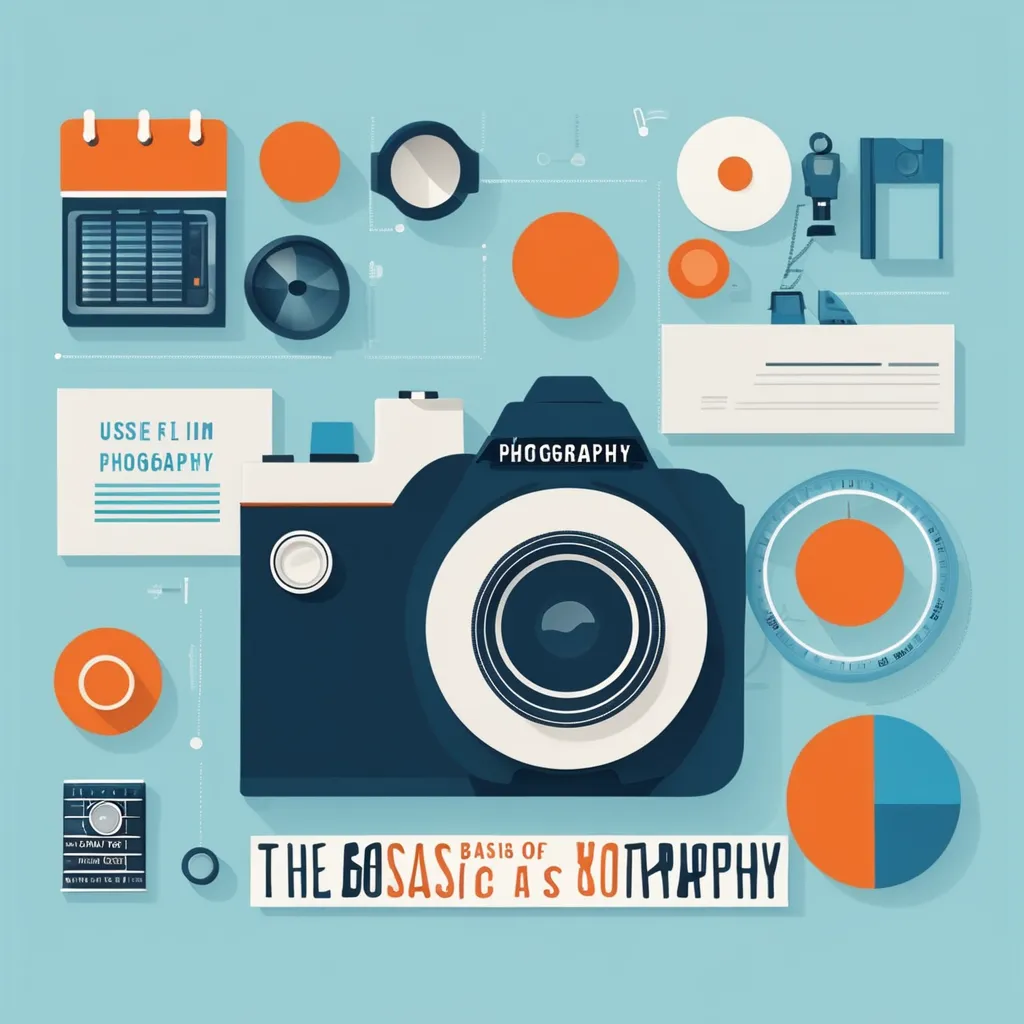HOME / SINGLE POST

Choosing the appropriate equipment is one of the first and most crucial choices you will make in the realm of photography. Whether your level of knowledge is zero or you want to update your equipment, knowing the fundamentals of cameras and lenses can help you to choose the correct route to produce amazing pictures.
Photography starts with a good camera, but it’s the lens that often makes the biggest difference in your photos. Let’s break down the essentials:

If you have a camera like the Nikon D5200, you have most certainly come across the phrase “crop factor.” For your photography, however, what does it really mean?
Crop factor, therefore, is the variation in sensor size between your camera and a full-frame camera. For instance, the APS-C sensor found in the Nikon D5200 is smaller than a full-frame sensor. This little sensor essentially “zooms in” on the scene, cropping the picture.
Using an 18-55mm lens on a D5200, for example, the crop factor will cause it to perform more like a 27-82.5mm lens on a full-frame system. Your zoomed-in images will seem closer and your wide-angle shots will not be as broad.
Understanding crop factor helps you make better decisions when choosing lenses. If you want that wide, sweeping landscape shot, you might need a lens with an even shorter focal length on an APS-C camera. Conversely, if you’re looking to capture something far away, the crop factor can actually work to your advantage by giving you a little extra reach.

Consider the Nikon D5200 for instance. Anyone wishing to go further into photography will find ideal use for this excellent camera. It can handle anything from portraits to landscapes to action photos with the correct lenses, and with its APS-C sensor it provides outstanding image quality.
For people who wish to study and develop their abilities without going broke, the D5200 is flexible and reasonably priced. Additionally knowing crop factor will help you to optimize its possibilities correctly.
Choosing the right camera and understanding how lenses work are the first steps to taking better photos. Whether you’re working with a DSLR like the Nikon D5200 or another model, knowing your gear will help you make the most out of every shot. Keep these basics in mind as you explore the art of photography, and you’ll be well on your way to capturing beautiful images.
Never miss any important news. Subscribe to our newsletter.